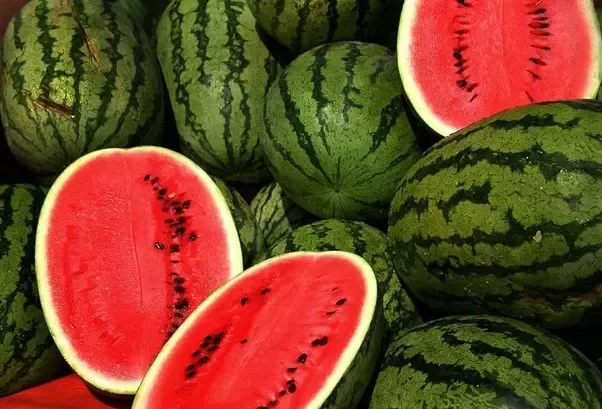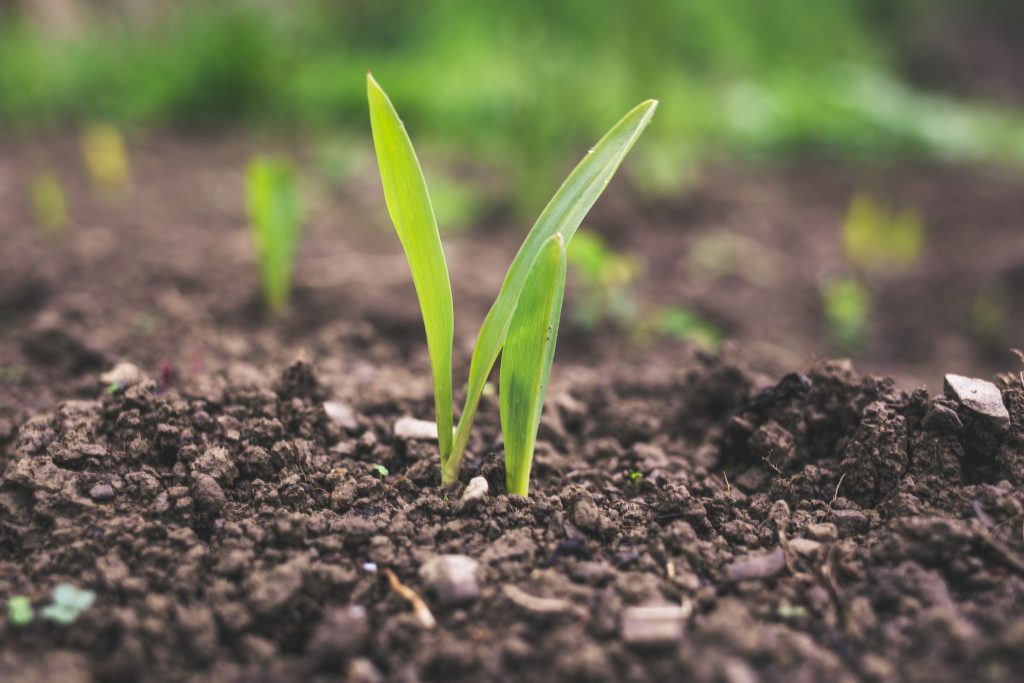In agriculture, annual crops are crops that complete their life cycle within a growing season or within a year. This means that from planting till harvesting takes one single year. They sprout, grow, bear fruits and die off within a year. All herbs and plants belonging to the grass family exhibit this type of life cycle. Mustard, watermelon, corn, lettuce wheat, are a few examples of annual plants.
Meaning of Annual Crops
Annual crops can be defined as crops that complete its life cycle, from germination to the production of fruits or seeds, within one growing season, and then dies.
In most African countries, they grow in the rainy season and are most times harvested before the beginning of the dry season or the other way round.
With respect to the traditional seasons, they are generally categorized into summer annuals and winter annuals.
Summer annuals germinate during spring or early summer and mature by autumn of the same year.
Winter annuals germinate during the autumn and mature during the spring or summer of the following calendar year.
Examples of Annual Crops

Some examples of annuals include;
- Maize
- Rice
- Sorghum
- Soya-beans
- Guinea corn
- Cowpea
- Yam
- Sweet potato
- Cotton
- Tomato
- Irish potato
- Beans
- Watermelons
- Wheat
- Lettuce
- Peas
- Groundnut
- Cassava
- Greens
Propagation
Most food crops are grown as annuals. Even some biennial and perennial crops are grown in the garden as annuals. For example; tomatoes, carrots, peppers and sweet potatoes are biennial and perennial crops respectively, for the fact that they can be harvested within a growing season, they’re most times planted as annuals
True annuals include; include corn, wheat, rice, yam, lettuce, peas, watermelons, beans, zinnia, marigold and most green vegetables.
Read also: mixed farming
Characteristics of Annual Crops
- Life cycle (germination till harvest) is within one growing season
- Most annual crops are food crops
- They are seen as weeds after harvest
- They do not possess the ability to embark on another growing season
- They are readily available
- Requires regular watering and fertilization
- Susceptible to pests and diseases
- High yield potential
- Fast growth and maturation
- Common examples include corn, wheat, rice, and soybeans.
Read also: Difference between Annual, Biennial & Perennial crops
The bottom line
Annual crops complete their life cycle within one year, the grow, mature and are harvested within a growing season. They are a vital cornerstone of global agriculture, offering a diverse array of sustenance and resources. With their short but dynamic life cycles, annuals teach us the profound lessons of adaptation, resilience, and renewal.
These versatile plants, ranging from the golden fields of wheat to the lush orchards of tomatoes, remind us of nature’s ability to provide and regenerate year after year.
As we continue to harness the potential of annual crops to nourish our growing populations and fuel our industries, let us also remember to cultivate them sustainably, for in their bountiful harvests lies the promise of a flourishing future for both humanity and the Earth.
Read also: Classification of crops
